Elevate (Freedom is a Place),
a new public artwork by April Banks.
The Nicholson Project presents Elevate (Freedom is a Place), a new public artwork by artist April Banks. Taking inspiration from the stoop, a common architectural feature in Southeast DC and throughout other parts of the City, Elevate serves as a pedestal, a functional piece of public art, as stage or seating, for performance or for rest.
The artwork is installed at The Nicholson Project’s garden under our beautiful old oak tree facing Nicholson Street SE., and was unveiled at our third anniversary celebration on Saturday, September 17th, 2022, and will remain on view through the end of 2023.
Elevate was curated by Dashboard, and was made possible through a Public Art Building Communities grant from DC Commission on the Arts and Humanities.
THE FUTURE WILL BE HERE WHEN EVERY STOOP IS A THRONE
About the Artwork
Elevate is an echo, a re-imagining of tradition. From the side view, it is a line drawing, a ghost structure, a metaphor for weightlessness, a resistance to enclosure. From the front and top views, words and patterns cut into the structure are an archive of collective memory. The base is constructed as a single piece of metal, folding time into place.
During the recent public art and community engagement work that April Banks has been doing around Black erasure, the subject of reparations always comes up. How does making art repair these systematic and institutional removals? Are you (the artist) really making a difference? Are you being used by organizations that want to appear on the right side of the conversation? These are difficult questions. What April does know is that public art is/should be accessible and has the power to provoke ideas, conversations, and actions. Public art is a marker, a reminder, and ideally, a truth-teller. With all of this in mind, April has been examining why she does this work and if/how it matters.
This line of questioning led her to dig into the root of reparations. Of this she says, “For me, it would be psychological, spiritual, and somatic as well as financial. It would be the absence of the burden. To be free of the weight of American history. To not be defined by and continually needing to navigate or respond to racism and all the isms. Can I just make something beautiful or ugly without it having to speak to identity or the political? That to me is true freedom and the reparations that I imagine. We can’t change the past but I can imagine what it might FEEL like to not have the trauma attached to my DNA. So I think about the sensation of floating, of flying. To be weightless, light. And that is how I approached this concept. How can I talk about the siting and sitting of black bodies in public space, and what a radical act Black leisure seems to be and how can these intersect?”
April is educated as an architect and lately, her work has been considering how the construction of space and how we move through it affects how we feel. She is interested in interstitial spaces like doorways, thresholds, stairs, bridges, and porches. The stoop is a common architectural feature in the region and the neighborhood The Nicholson Project is based. The decorative metalwork that frames the stoop and the porch harkens back to another time and writes its own history into the urban landscape.
If the narrative written into the built space directly reflected the people who lived there, what might the form language be? Considering ownership verse rental and who is constructing the built space around us, brings April back to concepts around erasure, eminent domain, and historically unfair lending practices that shape who owns land and property in America. How that property is valued. The generational wealth that it produces and the legacies we inherit.
April pairs these two concepts: this idea of weightlessness with inscribing a chosen narrative into one’s own architecture. This is what she anatomizing in Elevate (Freedom is a Place) for The Nicholson Project.

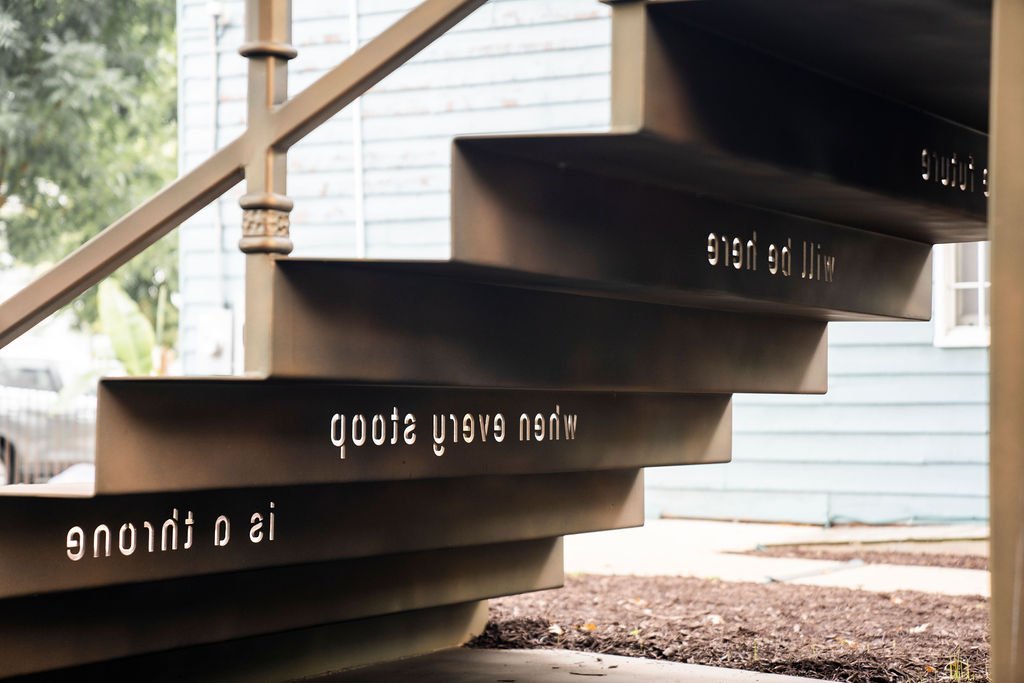




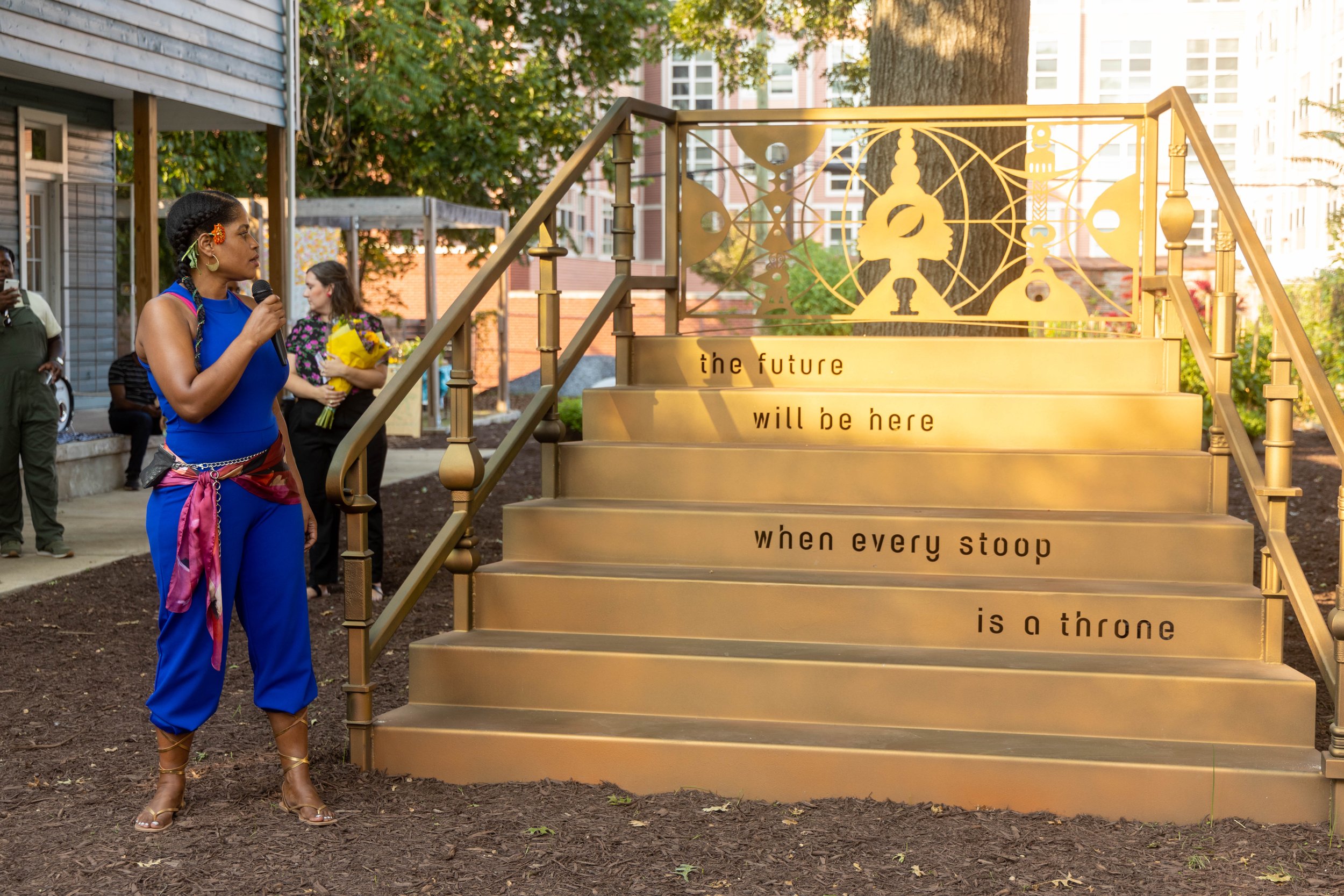
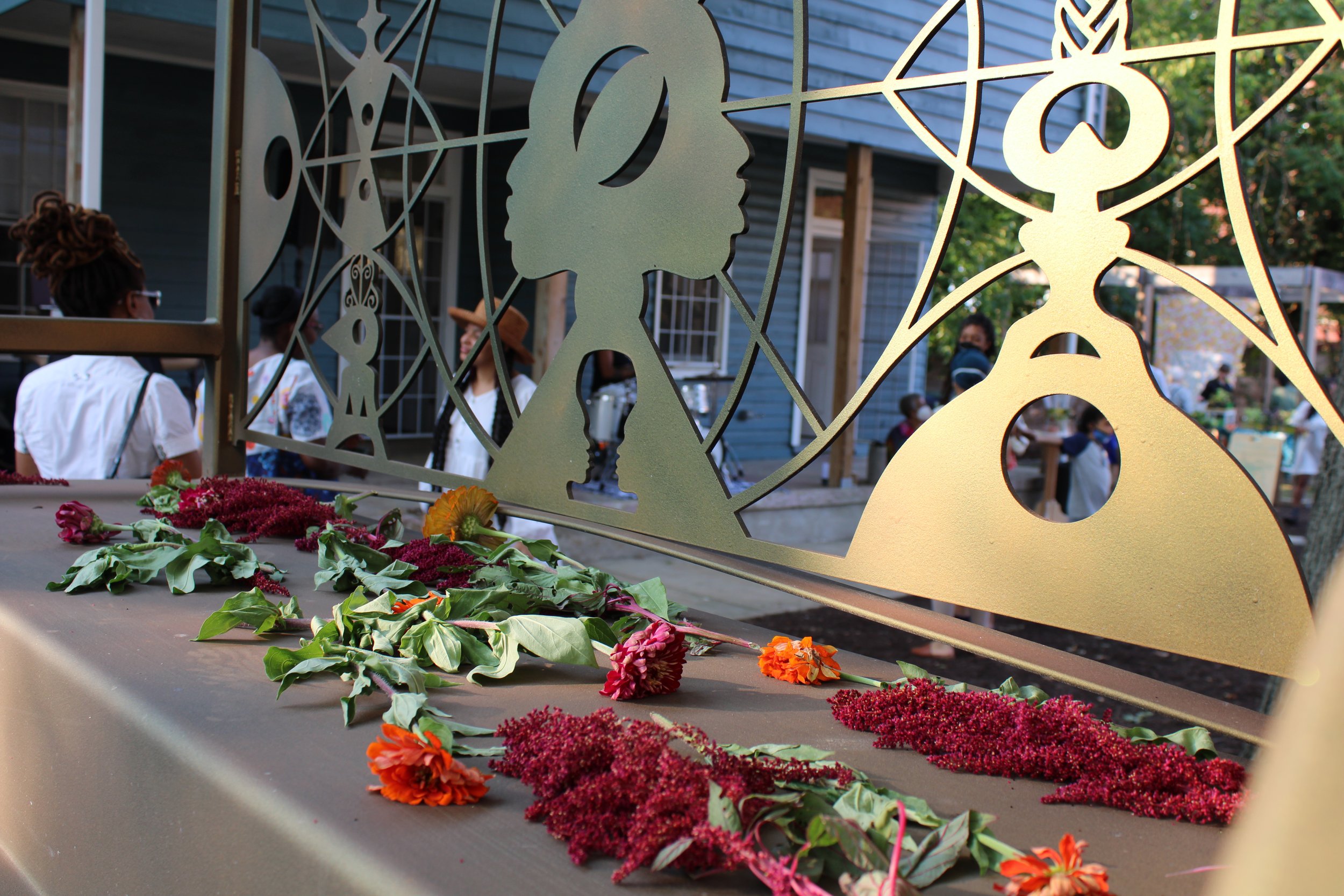
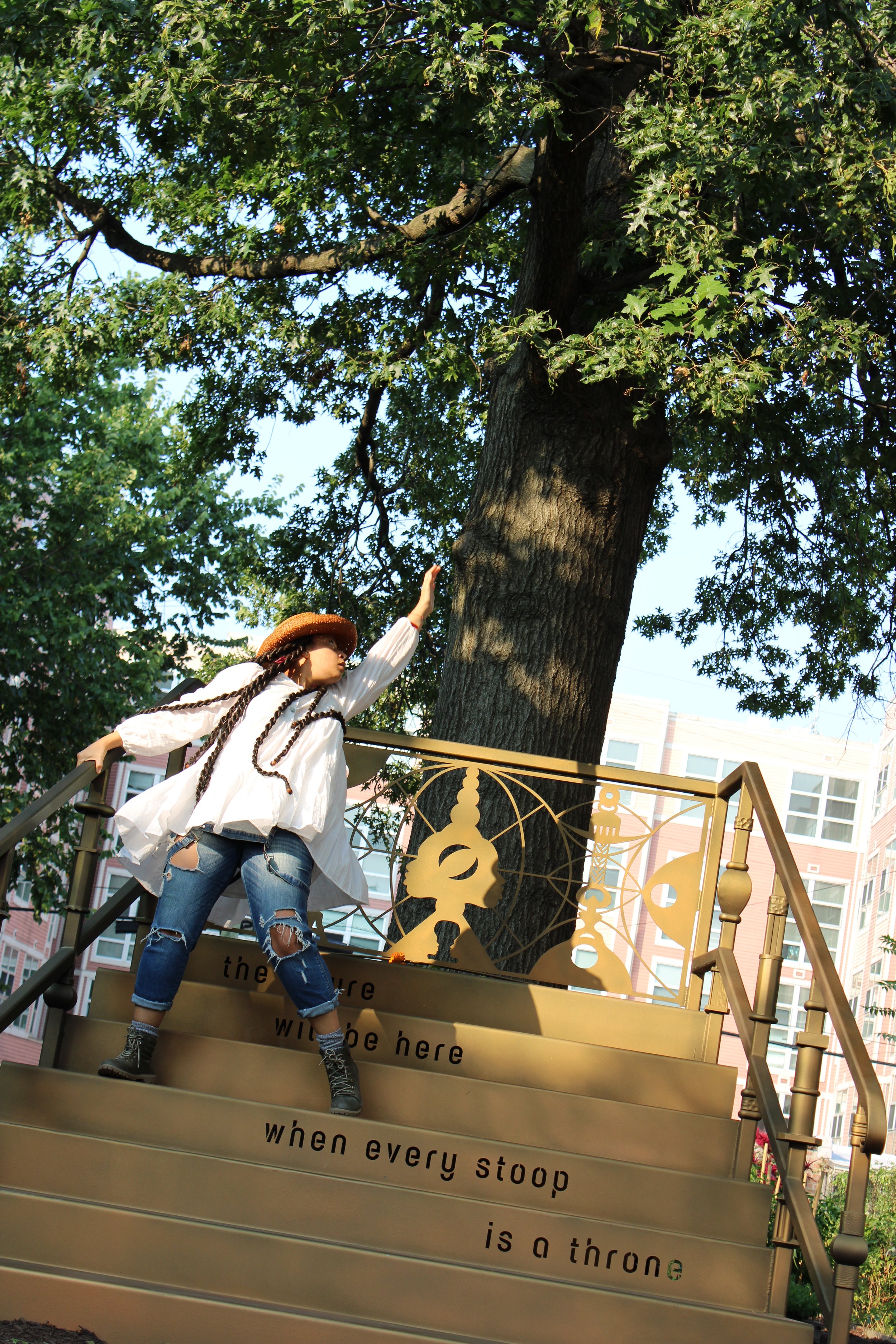


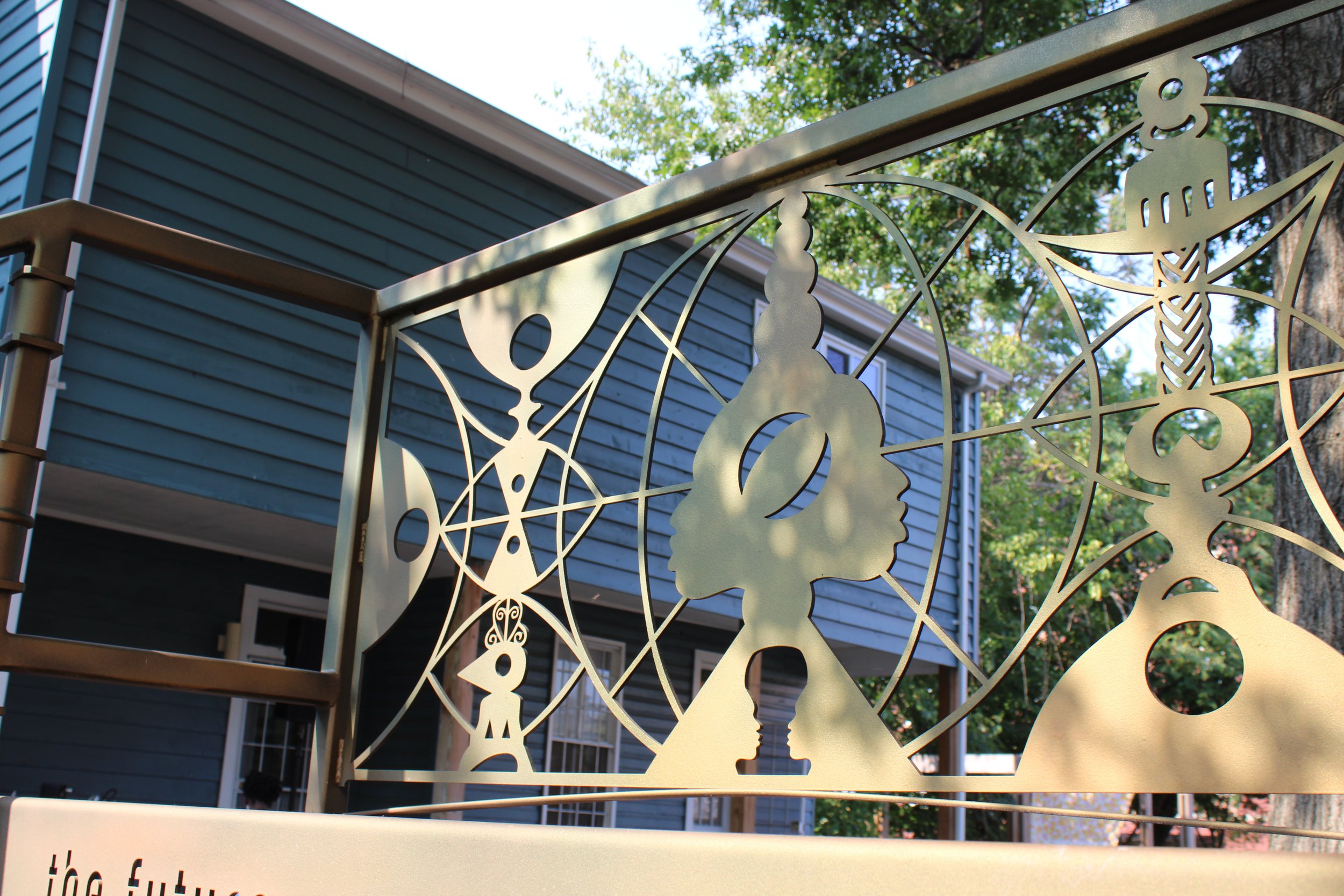
At the unveiling of Elevate on September 17th, 2022, Jessica Valoris was invited to create a performance in response to April's artwork, where she invited onlookers to pay tribute to their connection to and love for DC. Jessica created a movement meditation and soundscape inspired by a conversation with April and the ways she uses architecture to create a Black spatial aesthetic that centers on community care, interdependence, and joy.
About April Banks
April Banks is an artist, educated as an architect with a creative career that straddles visual art, social practice and exhibition design. Her art practice sits intentionally between image, space, and experiences. April’s recent work time travels through historical archives and memories, questioning what we think we know of the past and how it informs our cultural positioning systems. She is interested in amplifying lesser known stories, challenging the gaze, and giving narrative to the erased and intentionally forgotten.
April is the producer of Tea Afar, a nomadic storytelling experience, launched in 2016. For over a decade she made art that raised awareness and pointed to the global disparity in food security, farmer's rights and fair trade. Tea Afar was conceived as a salve—bringing us together across borders—for the divisiveness and exploitation that is propagated by a global trade economy and discriminatory travel bans.
Her work has been exhibited in Los Angeles, the San Francisco Bay Area, Chicago, Minneapolis, Cleveland, Daytona Beach, New Hampshire, Maryland, New York, Switzerland, Colombia, Brazil, United Arab Emirates, Senegal and Ethiopia. In February 2021 she completed her first permanent public art sculpture A Resurrection in Four Stanzas in Santa Monica, CA. Her work is in the collection of the Getty Museum and other private collections.
April graduated with a Bachelor of Architecture from Hampton University in Virginia in 1996. She obtained a Master of Science in Environmental Design from Art Center College of Design in Pasadena in 1999. She lives in Los Angeles.
More about Elevate (Freedom is a Place)
Elevate is an echo, a re-imagining of tradition. From the side view, it is a line drawing, a ghost structure, a metaphor for weightlessness, a resistance to enclosure. From the front and top views, words and patterns cut into the structure are an archive of collective memory. The base is constructed as a single piece of metal, folding time into place.
During the recent public art and community engagement work that April Banks has been doing around Black erasure, the subject of reparations always comes up. How does making art repair these systematic and institutional removals? Are you really making a difference? Are you being used by organizations who want to appear on the right side of the conversation? These are difficult questions. What Banks does know is that public art is/should be accessible and has the power to provoke ideas, conversations and actions. Public art is a marker, and a reminder, and ideally, a truth teller. With all lof this in mind, Banks has been examining why she does this work and if/how it matters.
This line of questioning led her to dig into the root of reparations. Of this she says, “For me, it would be psychological, spiritual, and somatic as well as financial. It would be the absence of the burden. To be free of the weight of American history. To not be defined by and continually needing to navigate or respond to racism and all the isms. Can I just make something beautiful or ugly without it having to speak to identity or the political? That to me is true freedom and the reparations that I imagine. We can’t change the past but I can imagine what it might FEEL like to not have the trauma attached to my DNA. So I think about the sensation of floating, of flying. To be weightless, light. And that is how I approached this concept. How can I talk about the siting and sitting of black bodies in public space, and what a radical act Black leisure seems to be and how can these intersect?”
Banks is educated as an architect and lately her work has been considering how the construction of space and how we move through it affects how we feel. She is interested in interstitial spaces like doorways, thresholds, stairs, bridges, and porches. The stoop is a common architectural feature in the region and the neighborhood The Nicholson Project is based in. The decorative metal work that frames the stoop and the porch harkens back to another time and writes its own history into the urban landscape.
If the narrative written into the built space directly reflected the people who lived there, what might the form language be? Considering ownership verse rental and who is constructing the built space around us, brings Banks back to concepts around erasure, eminent domain and historically unfair lending practices that shape who owns land and property in America. How that property is valued. The generational wealth that it produces and the legacies we inherit.
Banks pairs these two concepts: this idea of weightlessness with inscribing a chosen narrative into one’s own architecture. This is what she anatomizing in Elevate (Freedom is a Place) for The Nicholson Project.
